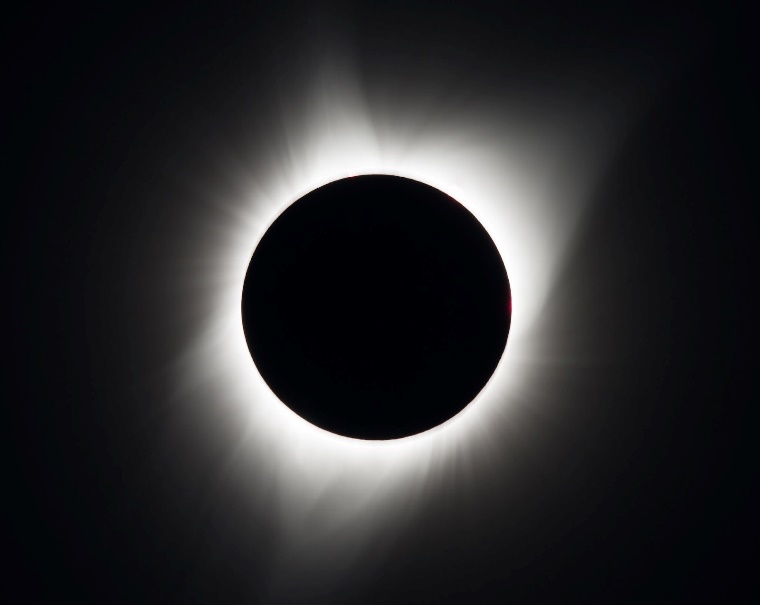Catch Mars and Saturn rising and Jupiter hanging out with Comet 12P

In addition to the much-awaited total solar eclipse, skywatchers will be treated to several other astronomical events in April 2024. These include Mars and Saturn rising together, a slim crescent Moon hanging above brilliant Jupiter and Comet 12P appearing just below and to the right of Jupiter.
The centerpiece of April's astronomical events is the total solar eclipse, which will be visible along a narrow track stretching from Texas to Maine on April 8, 2024. Observers within the path of totality will experience daytime darkness as the Moon completely covers the Sun. Those outside this path will experience a partial eclipse.
Early risers will see Mars and Saturn making a striking pair as they rise together in the east. Best observed about 30 minutes before sunrise, these planets will be situated roughly 10 degrees above the horizon, offering a splendid view for early risers. The two planets will be closest on April 10 and April 11 and will remain noticeably close throughout the second week of this month.
Next up, on the evening of April 10th, you will see a beautiful crescent Moon alongside Jupiter. The giant planet will shine brightly low in the west after sunset throughout the month.
Just beneath the Moon and to the right of Jupiter, you can catch a glimpse of the Comet 12P/Pons-Brooks before it becomes too close to the Sun to observe and eventually fades away as it moves outward from the Sun. For the best viewing experience, you'll want to escape the city lights.
total solar eclipse across the U.S., as the Moon's shadow moves from Texas northward through Maine. Outside the path of totality, the rest of the continental U.S. will experience a partial eclipse. The amount of the Sun covered by the Moon at maximum eclipse depends on your distance from the path of totality.
What's up, April stargazers!This month, catch Mars and Saturn rising, and Jupiter hangs out with Comet 12P. Plus, it's almost total #eclipse time, and @NASA has you covered whether or not you're headed to totality.✨ April skywatching tips: https://t.co/uJEdCvfg1J pic.twitter.com/mLHT15xtZi
— NASA JPL (@NASAJPL) April 1, 2024










